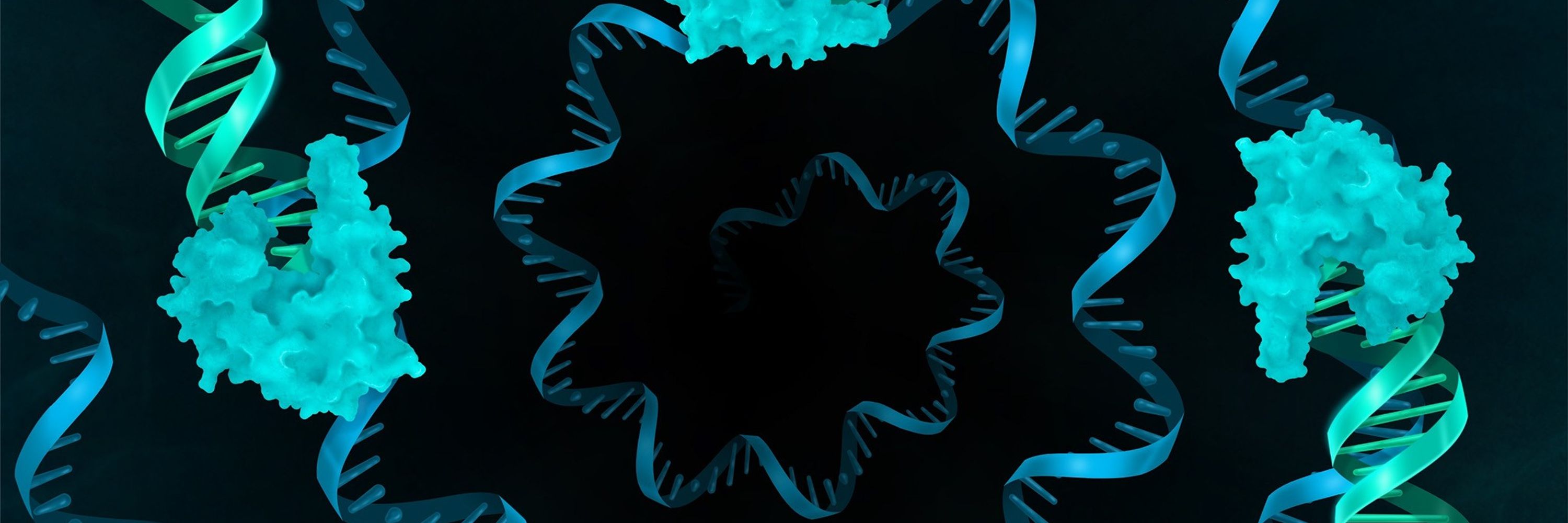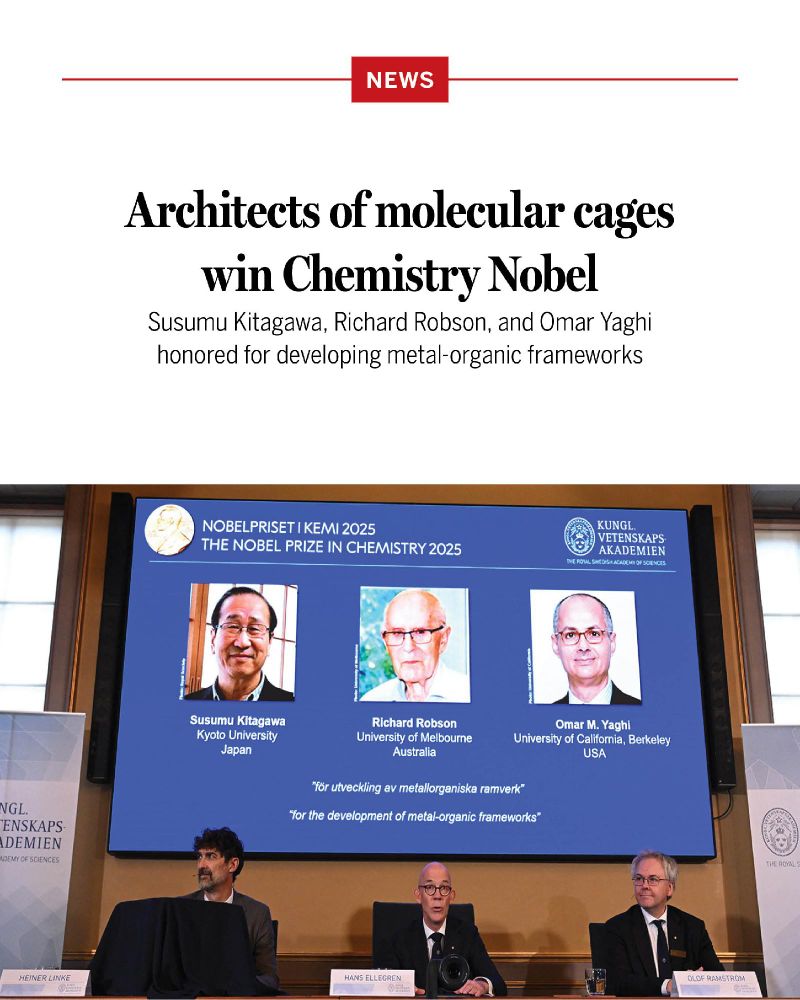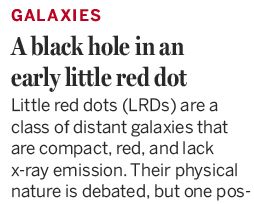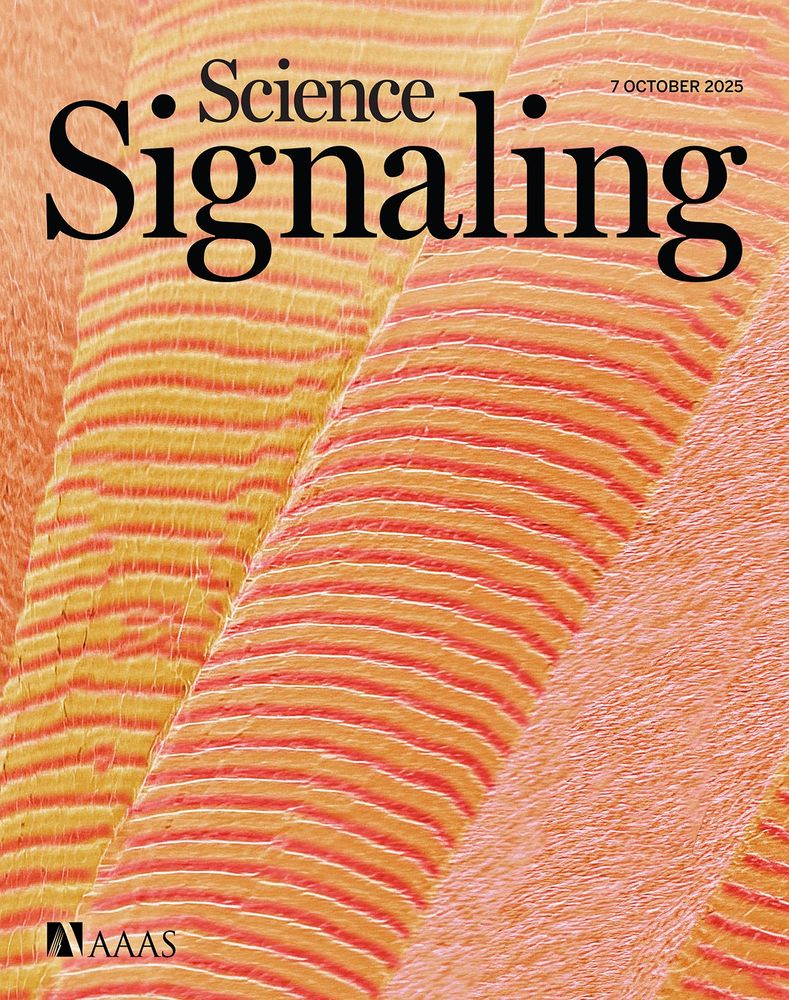Science Magazine
@science.org
84K followers
54 following
1.1K posts
Cutting-edge research, news, commentary, and visuals from the Science family of journals. https://www.science.org
Posts
Media
Videos
Starter Packs
Pinned
Reposted by Science Magazine
Reposted by Science Magazine
Reposted by Science Magazine
Reposted by Science Magazine
Reposted by Science Magazine
Reposted by Science Magazine
Reposted by Science Magazine

























